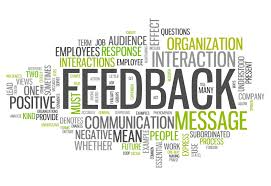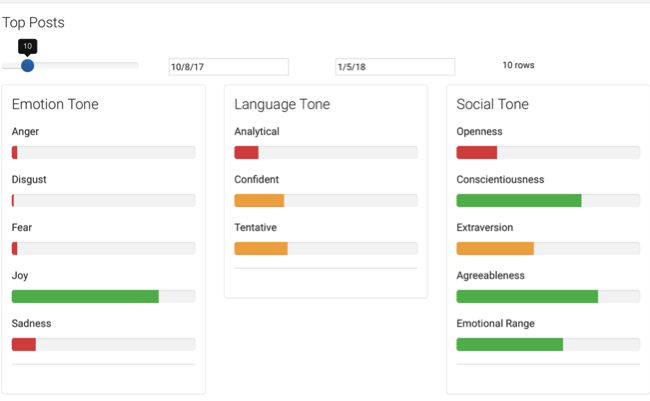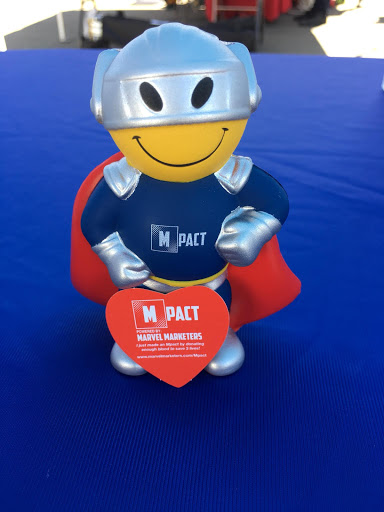If you’ve ever asked Siri or Alexa a question, had a discussion with a chatbot, or looked to see what’s sitting in your Gmail’s spam folder, you’ve interacted with artificial intelligence (AI). Because the goal of AI is to create machines that can work and react like humans, AI tools can be used to automate simple tasks so that you can focus on the more advanced stuff, and they’ll process information faster than you could if you were to try and do the work manually.
So how can it affect your content marketing strategy?
There are lots of ways that AI is helping to shape today’s content landscape. These 3 can make a big impact on your content marketing strategy and the success you derive from it:
1. Use AI to reverse-engineer the search rankings
Thanks to text mining, you can take the top results on Google and see what they all have in common. For example, if you use AI to analyze the top 20 results on Google for “Content Marketing”, you’ll see what topics those high-ranking pages feature, what kind of questions they answer, and how they’re structured. As a result, it’s much easier to come up with a blog post topic that ranks well for “Content Marketing”. Otherwise, you’re just blindly tossing topics and formats at Google, hoping that it will improve your SEO.
One of the most basic examples of text mining is a word cloud:

But the analysis can go much deeper than that–providing you details like when the words were most heavily used and even who used them:

2. Use AI to identify trending topics
It’s not just Google–you can also use AI to keep track of what’s buzzing on social media sites. Whether you want to monitor specific keywords over time across Facebook and Twitter or you want to see what your target personas are currently talking about, AI can help you do it. From there, you can decide when to promote certain pieces of content, expand your content strategy to include new topics you wouldn’t have thought of otherwise, or try to increase your social media presence by creating content on a topic that’s already got everyone talking.
Taking it one step further, you can even see how posters are approaching the topic. For example, does it make them angry? Sad? Joyful? By knowing the emotion behind it, you can figure out how to create the right messaging.
3. Use AI to analyze your competitors
Some AI tools allow you to see how competitors’ websites change over time, which can tell you a lot about their strategy, messaging, and targeting. Use it to assess one main competitor or stretch it across several competitors to get a sense of what’s trending in your market as a whole.





